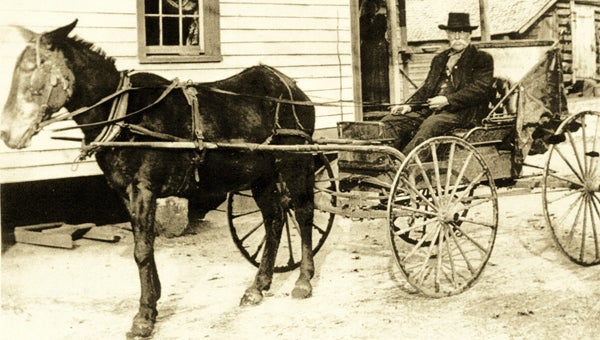Historic covered bridge named for Alexander Lafayette Campbell
Published 10:14 am Wednesday, January 23, 2013
When Campbell’s Covered Bridge turned 100 in 2009, the S.C. Department of Archives and History Board of Directors unanimously recommended it for inclusion on the National Register of Historic Places.
On July 1 that year, it was accepted by the National Register and the Greenville County Recreation District, owner of the bridge and surrounding acreage, finalized plans for an historic park to be developed around it.
The bridge was built in 1909 by local bridge builder, Charles Irwin Willis, and was an excellent example of a four-span Howe truss featuring diagonal timbers and vertical iron rods.
It was named for Alexander Lafayette Campbell, who owned property and operated a gristmill at the site. The naming was to honor Campbell for his dedicated military service and ill-treatment as a prisoner during the Civil War.
Born in 1836, Alexander Lafayette, who preferred to be called “Fate,” volunteered in the Confederate States of America Army in January 1862 at Camp Moore in Charleston. He was assigned to Company D, 16th South Carolina Regiment as a private for a one-year service commitment.
In May 1863, his unit was ordered to Mississippi, where conditions were harsh and equipment/supplies were very low. By November, “Fate” and other soldiers from the Greenville County area were captured as prisoners of war at Grayville, Tennessee by Union forces. They were sent to Louisville, Kentucky for two weeks then remanded to Rock Island Prison Barracks in Illinois.






